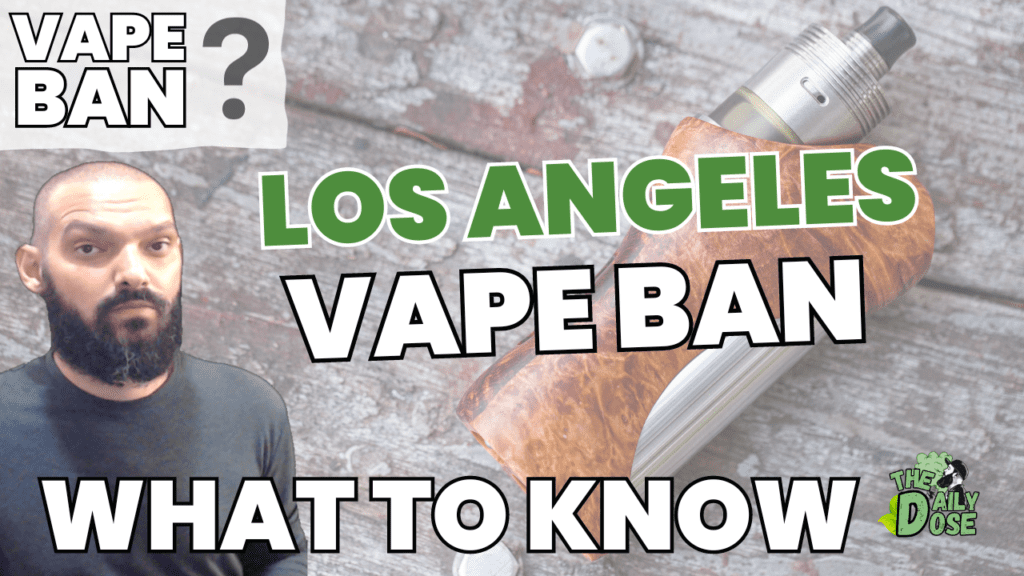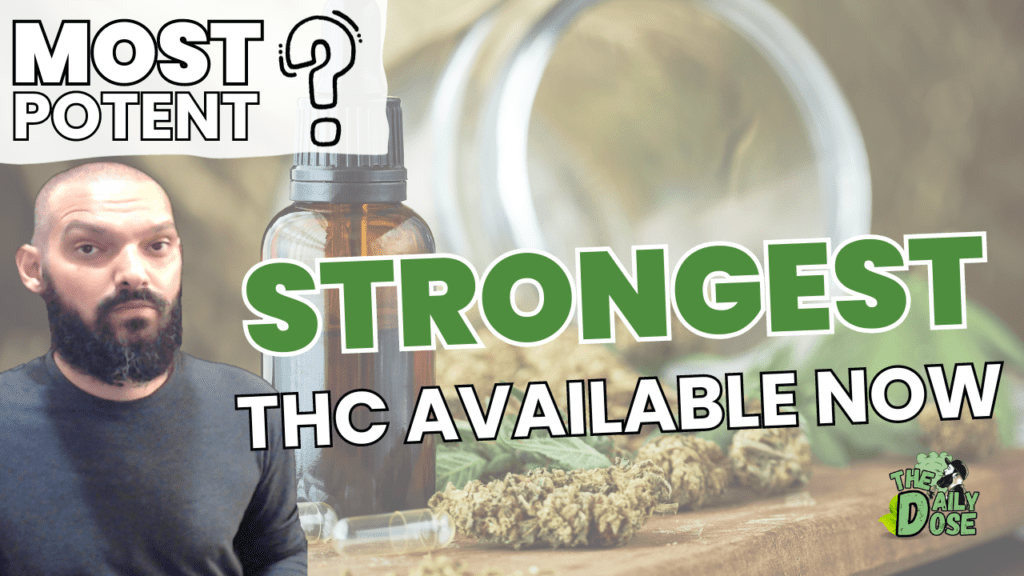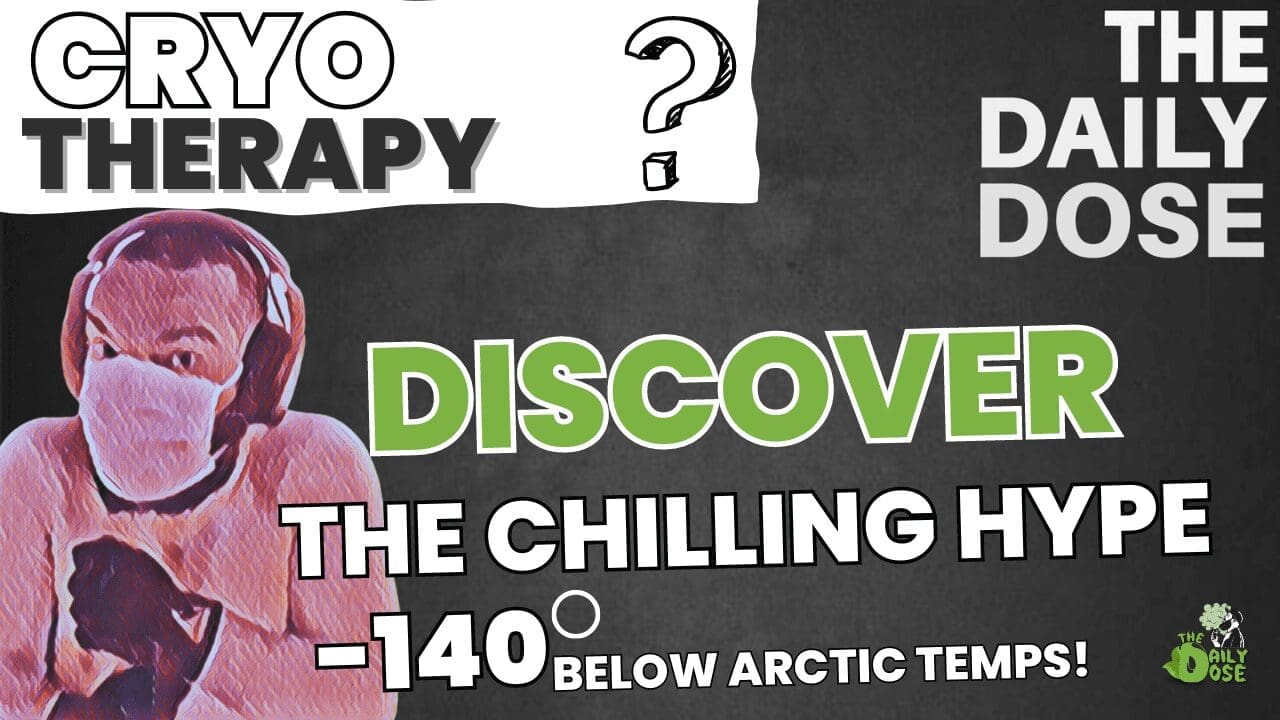Flavor Tobacco Ban Explained
Introduction
The world of tobacco has long been flavored, but recent regulatory efforts are altering the landscape. In this comprehensive article, we delve deep into the captivating realm of the flavor tobacco ban, unearthing its origins, effects, and the broader implications it carries for public health and consumer choice.
Understanding Flavored Tobacco Products
What exactly are flavored tobacco products?
The spectrum of flavored tobacco products is vast, encompassing cigarettes, cigars, and vaping liquids, all infused with a myriad of flavors. Over the years the choices have grown exponentially driving interest from all ages not just smokers.
The allure of flavors in the tobacco industry
Flavored tobacco products are designed to appeal to consumers through a combination of psychological factors and sensory stimuli, making them particularly enticing and sometimes controversial, especially in the context of public health concerns. The sensory appeal primarily revolves around taste and smell, while psychological factors include perceptions of harm, social factors, and targeted marketing. Here’s an in-depth look at these elements:
Sensory Appeal
a. Taste
- Flavor Variety: Flavored tobacco products come in a wide range of flavors, from fruit and candy to mint and chocolate. This variety caters to a broad spectrum of personal preferences, making tobacco products more palatable, especially to new users who might find the taste of traditional tobacco unappealing.
- Masking Harshness: Flavors can mask the harshness and bitterness of nicotine. A study in “Nicotine & Tobacco Research” suggested that flavors might reduce the perceived throat hit or irritation that comes with smoking, making the experience more pleasant, especially for beginners.
b. Smell
- Aroma: The aromatic properties of flavored tobacco can be a significant draw. The pleasant smell can make the use of these products more enjoyable and socially acceptable. For instance, the smell of flavored vapor from e-cigarettes is often considered less offensive than the smell of traditional cigarette smoke.
Psychological Appeal
a. Perceptions of Harm
- Reduced Harm Perception: Flavors can lead to a perception that the product is less harmful. A survey published in the “American Journal of Preventive Medicine” found that many adolescents believe that flavored tobacco products are less damaging to health than non-flavored ones.
- Statistics: According to the CDC, in 2014, 73% of high school students and 56% of middle school students who used tobacco reported using a flavored product.
b. Social and Cultural Factors
- Youth Appeal: Flavors are particularly appealing to younger demographics. The CDC reports that the majority of youths who have ever used a tobacco product started with a flavored product.
- Social Image: There’s a social dimension to using flavored tobacco products, often perceived as trendy or fashionable. This is particularly evident with the rise of flavored vaping products.
c. Marketing
- Targeted Advertising: Tobacco companies have been known to target specific demographics, including young people, with their marketing for flavored products. Colorful packaging, sweet flavors, and strategic advertising can make these products more appealing to a younger audience.
Regulatory Response and Public Health Concerns
Given the appeal of flavored tobacco products, especially among younger demographics, there has been a significant regulatory response:
- Bans and Restrictions: Many regions have imposed bans or restrictions on certain flavored tobacco products to reduce their appeal to young people. For example, in the United States, the FDA has taken steps to ban some flavored vaping products.
- Public Health Campaigns: There are ongoing public health campaigns aimed at educating people about the risks associated with tobacco use, regardless of flavor.
The sensory appeal of flavored tobacco products, combined with psychological factors like reduced harm perception and targeted marketing, makes these products particularly enticing to consumers. This appeal, especially among youths, has raised public health concerns and led to regulatory actions aimed at reducing the use of flavored tobacco products. Understanding the dynamics of these factors is crucial for formulating effective public health policies and consumer education programs.
The rise of flavored vaping products
The ascent of flavored vaping products has been a transformative force in the tobacco market, reshaping consumer habits, regulatory landscapes, and the industry’s marketing strategies. This transformation is multifaceted, touching on public health, technological innovation, and the socio-cultural perception of smoking and nicotine consumption.
Market Transformation
a. Shift in Consumer Preferences
- Youth Attraction: Flavored vaping products have significantly attracted younger demographics, partly due to their taste, variety, and perceived modernity compared to traditional tobacco products. The diverse flavor options have made initiation into nicotine use more palatable for those who might be deterred by the taste of traditional tobacco.
- Adult Smokers: There’s also a considerable portion of adult smokers who have transitioned to flavored vaping products, viewing them as a less harmful alternative to traditional smoking. This is influenced by the variety of flavors and the control over nicotine dosage that vaping offers.
b. Technological Innovation
- Product Development: The rise of vaping has spurred technological advancements in nicotine delivery systems. Vape devices have evolved rapidly, offering features like adjustable wattage, temperature control, and a wide range of flavored e-liquids.
- Customization and Convenience: The ability to customize devices and flavors, coupled with the convenience and portability of vape pens, has contributed to the growing popularity of flavored vaping products.
Economic Impact
- Market Growth: The vaping industry has seen exponential growth. According to a report by Grand View Research, the global e-cigarette and vape market size was valued at USD 15.7 billion in 2020 and is expected to grow significantly.
- Competition with Traditional Tobacco: The surge of vaping has introduced new competition to traditional tobacco products, prompting major tobacco companies to invest in or acquire vape businesses to diversify their product lines and secure their market share.
Public Health and Regulatory Response
a. Health Concerns
- Perception vs. Reality: While flavored vaping products are often perceived as a safer alternative to smoking, health experts warn that they are not risk-free. Issues such as the EVALI (e-cigarette or vaping product use-associated lung injury) outbreak have raised concerns about the safety of these products.
- Addiction in Youth: The high nicotine content in some e-liquids and the appeal of flavors among young people have led to concerns about nicotine addiction and the potential for youth to transition to traditional tobacco products.
b. Regulatory Actions
- Flavor Bans and Restrictions: In response to the rising use of flavored vaping products among youth, several countries and states have implemented bans or restrictions on certain flavors of e-cigarettes.
- FDA Oversight: The U.S. Food and Drug Administration (FDA) has been actively involved in regulating the vaping market, enforcing measures like premarket review of vaping products and cracking down on products that are marketed towards minors.
Social and Cultural Impact
- Changing Perceptions: The rise of vaping has altered the social and cultural landscape around smoking. Vaping is often viewed as more socially acceptable, cleaner, and less intrusive in terms of second-hand smoke.
- Community and Lifestyle: Vaping has fostered its own culture, with communities built around vaping enthusiasts, ‘vape tricks’, and online forums discussing flavors, devices, and modifications.
The ascent of flavored vaping products has indeed been transformative, reshaping the tobacco market, consumer habits, and regulatory frameworks. While offering an alternative to traditional smoking and driving technological innovation in nicotine delivery, flavored vaping products have also introduced complex challenges in public health and youth protection. The ongoing evolution of market trends, coupled with the responses from communities, regulators, and health organizations, continues to shape the landscape of nicotine consumption and its societal impact.
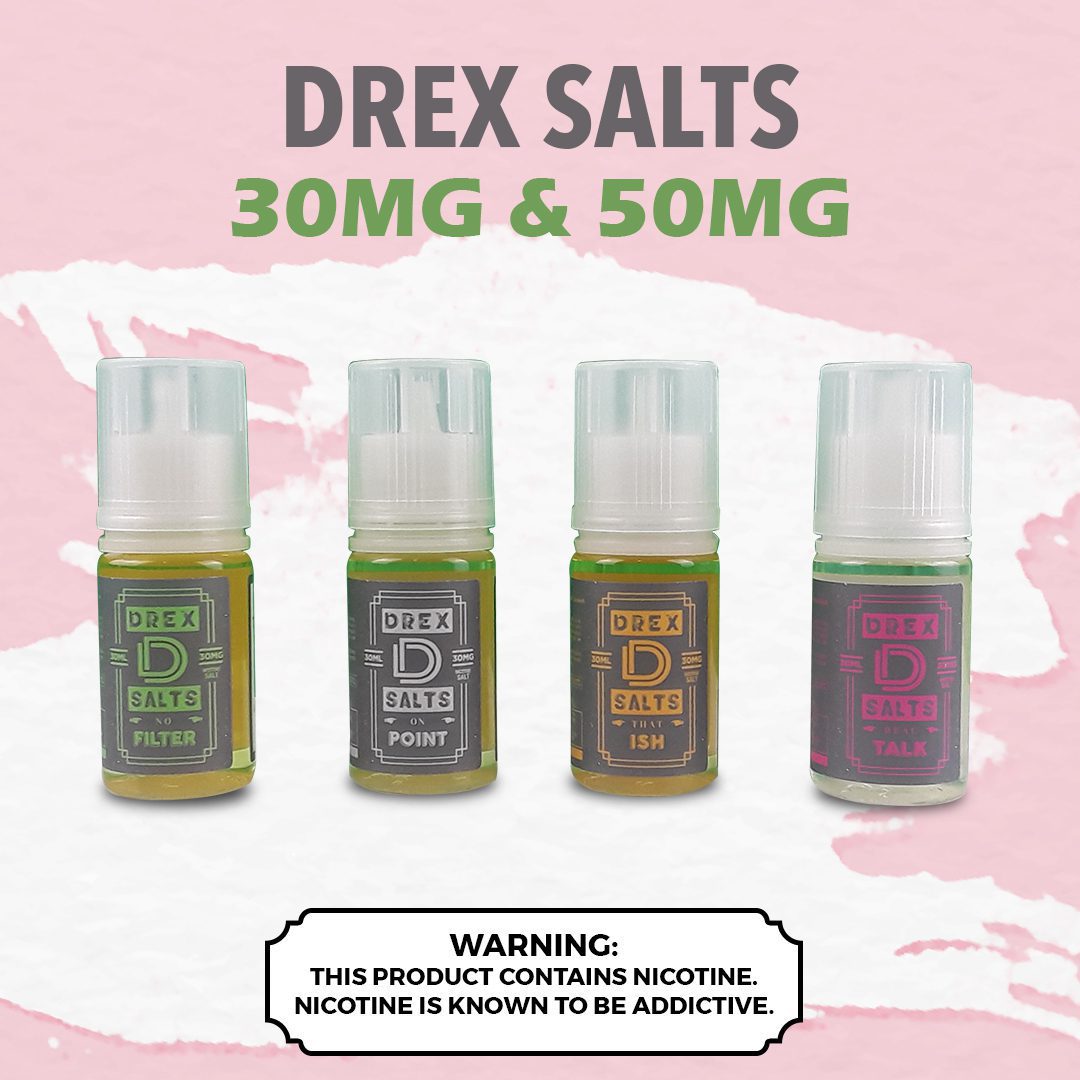
The Regulatory Landscape
FDA’s ever-evolving authority over tobacco
Examine the FDA’s dynamic jurisdiction over tobacco and its shifting stance on flavored products.
The mounting concerns about youth vaping
Delve into the escalating worries about youth vaping, propelling regulatory actions to restrict flavored tobacco access.
The emergence and role of flavor bans
Understand the rationale behind flavor bans as a strategy to curtail youth initiation and addiction.
4. The Ascendance of Flavored Vaping Products
The meteoric rise of flavored vaping products
Trace the exponential growth of flavored vaping products, their dominance, and their transformative role in the industry.
An exploration of the diverse flavor options and marketing strategies
Scrutinize the extensive array of flavors available and the innovative marketing strategies that have made these products irresistible.
Controversies, health concerns, and the vaping industry
Examine the controversies enveloping flavored vaping, including allegations of targeting youth and associated health risks that have raised red flags.
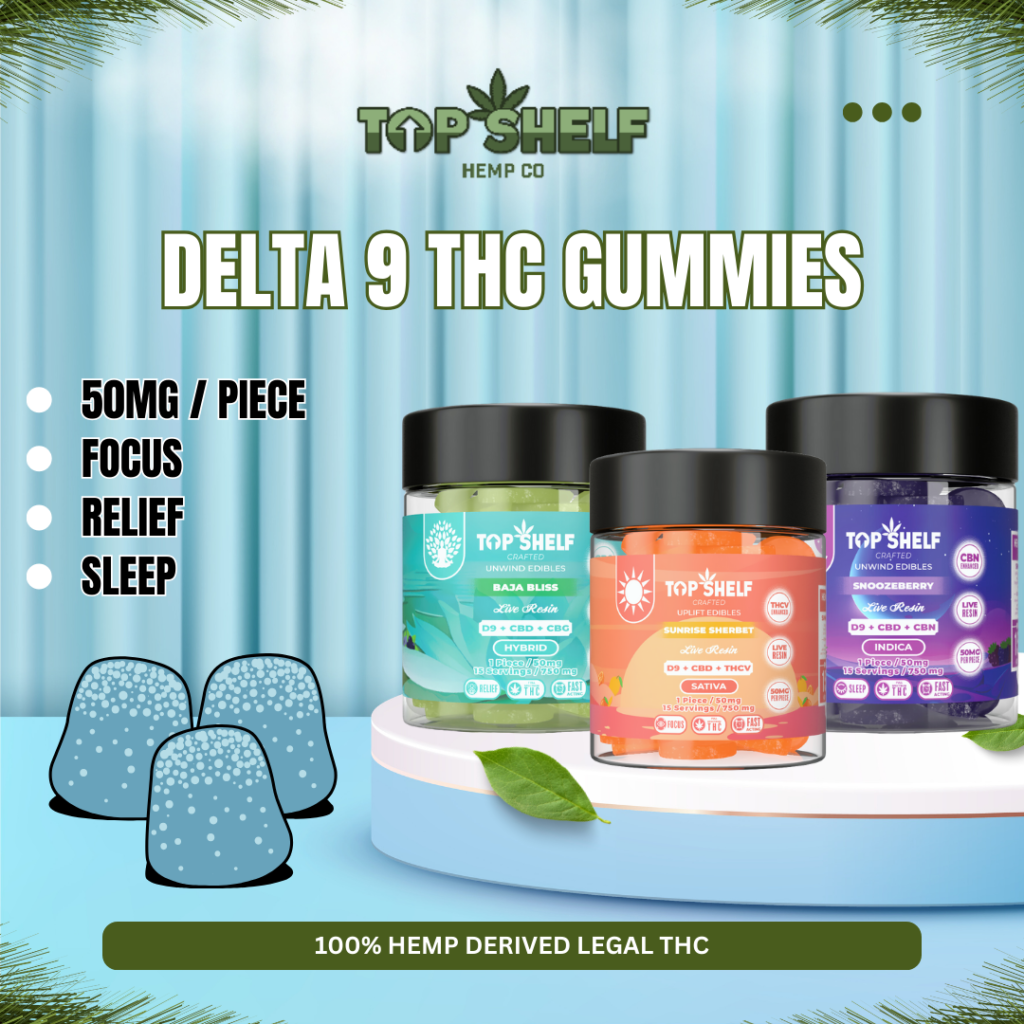
The Ban on Flavored Tobacco Products
Government interventions that led to the ban
Unpack the regulatory actions that culminated in the ban on flavored tobacco products, extending from menthol cigarettes to flavored vaping liquids.
Impact on the tobacco industry and consumers
Assess the consequences of flavor bans on the tobacco industry, small businesses, and consumers who have grown fond of these products.
Unraveling loopholes and enforcement challenges
Explore potential loopholes and challenges in enforcing flavor bans, recognizing the complexity that comes with regulating a multifaceted industry.
Health Concerns and Misinformation
The gamut of health risks tied to flavored tobacco
Highlight the health risks associated with flavored tobacco products, from lung illnesses to nicotine addiction, sparking concerns among health experts.
The critical need for accurate information and education
Discuss the significance of accurate information about flavored tobacco, emphasizing the importance of public education in navigating these complexities.
Implications for public health and society
Examine the broader public health implications of the flavor tobacco ban, offering insights into the consequences and potential benefits of these regulatory efforts.

The Debate Over Flavor Bans
Advocates’ arguments for flavor bans
Present the arguments supporting flavor bans, particularly concerning youth appeal, addiction prevention, and public health.
Concerns and criticisms surrounding flavor bans
Address the concerns and criticisms raised against flavor bans, including potential impacts on adult smokers and questions about harm reduction.
The intriguing concept of harm reduction
Discuss the evolving concept of harm reduction and how flavored tobacco products may potentially fit into this framework.
The Future of Flavored Tobacco
Adaptations, alternatives, and innovation in the tobacco industry
Explore how the tobacco industry is adapting to changing regulations, seeking alternatives, and driving innovation in the wake of the flavor ban.
How major players are responding to the regulatory changes
Analyze the responses of tobacco companies and how they are navigating the challenges of these regulatory changes.
Ongoing developments and emerging trends in the flavored tobacco realm
Stay informed about the ongoing regulatory developments, potential legal challenges, and emerging trends that are shaping the flavored tobacco landscape.
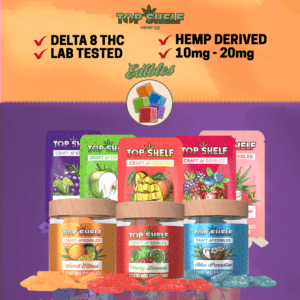
Conclusion: Balancing Flavor and Regulation
The flavor tobacco ban is a pivotal moment in the tobacco industry. As society grapples with the complexities of public health, youth appeal, and consumer choice, finding the right balance between flavor and regulation is a delicate task. This conclusion explores the nuances of this journey, reminding us that the debate is far from over.
FAQs
What are flavored tobacco products?
Why is there concern over youth vaping?
What led to the ban on flavored tobacco products?
Are all flavored tobacco products banned?
Are there any health risks associated with flavored tobacco?
What is the argument for flavor bans?
Can flavored tobacco serve as harm reduction tools?
How can consumers stay informed about regulatory changes?
Sources:
- LA County Public Health: http://publichealth.lacounty.gov/tob/docs/Tobacco%20Retail%20License/LAC_FlavorBanFactsheet_Rev18a_English.pdf
- CA.Gov: https://www.cdph.ca.gov/Programs/CCDPHP/DCDIC/CTCB/Pages/CAFlavorTobaccoLaw.aspx
Related Articles:
- Did California Just Delay The Flavored Tobacco Ban
- Daily Dose Flavor Ban And Cannabis News Now
- Flavor Tobacco Ban Los Angeles Explained
- Cannabis Regulations Upcoming News Now
- Puff Bar Ban Update What To Know Now
Meet The Author


